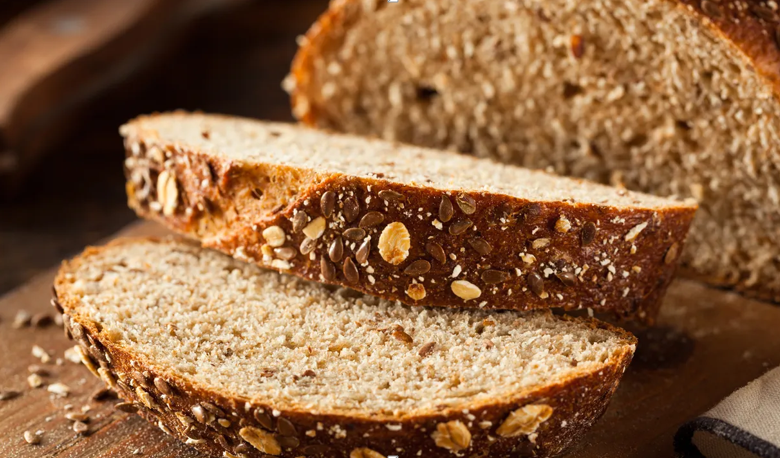From Bread to Sauces: Surprising Foods That Aren’t Gluten-Free

Many people associate gluten only with bread, cakes, or pasta, but this sticky protein hides in far more foods than most realize. According to the records of the related institution pafikutaikab.org whether you’re managing celiac disease, gluten sensitivity, or simply trying to eat cleaner, knowing where gluten might be lurking is essential. Doctors warn that even small amounts can trigger discomfort or serious health problems for those with gluten intolerance.
According to Dr. Laila Pratama, a clinical nutritionist at Siloam Hospital Jakarta, gluten is a group of proteins found in wheat, barley, rye, and their derivatives. “It helps food hold its shape and gives it a chewy texture,” she explained. “But for some people, gluten causes inflammation in the gut and leads to symptoms like bloating, fatigue, or skin irritation.”
Here are several surprising foods that may contain gluten — even when they don’t look like bread or pasta.
1. Soy Sauce
Traditional soy sauce contains wheat as a key ingredient, making it unsafe for gluten-free diets. “Many people assume soy sauce is just soybeans and salt,” Dr. Laila said, “but the fermentation process usually involves wheat.” Opt for tamari sauce, which is naturally gluten-free and offers a similar flavor.
2. Salad Dressings and Sauces
Gluten is often used as a thickening or stabilizing agent in creamy dressings, gravies, and barbecue sauces. Even small amounts can cause problems for people sensitive to gluten. Always check labels for ingredients like malt vinegar, hydrolyzed wheat protein, or modified food starch.
3. Processed Meats
Sausages, meatballs, and deli meats can contain gluten as a binder or filler. “It’s a hidden source most people overlook,” said Dr. Nanda Yusuf, a dietitian at the Indonesian Nutrition Society. “Choose certified gluten-free options or go for freshly prepared meats.”
4. French Fries
While potatoes themselves are gluten-free, cross-contamination often happens during frying. Restaurants may use the same oil for breaded foods and fries. To stay safe, ask whether fries are cooked in a separate fryer.
5. Soups and Broths
Instant or canned soups sometimes contain wheat flour as a thickener. Even vegetable-based soups can be risky if they use bouillon cubes or flavor enhancers that contain gluten. Making your own soup with fresh ingredients is the best way to avoid hidden gluten.
See also: 5 Major Advantages of Intensive Outpatient Program for Mental Health
6. Imitation Seafood
Crab sticks and other imitation seafood products often contain wheat starch as a binding agent. “It’s one of the least-known sources of gluten,” Dr. Nanda noted. “If you’re dining out, always ask if the seafood is real or processed.”
7. Breakfast Cereals
Many cereals — even those labeled “whole grain” — contain barley malt or wheat derivatives. Look for ones labeled certified gluten-free, or choose naturally gluten-free options like oats, quinoa flakes, or corn-based cereals.
Staying Safe on a Gluten-Free Diet
Doctors emphasize that living gluten-free doesn’t mean giving up variety or flavor. Focus on natural foods such as rice, corn, potatoes, vegetables, fruits, legumes, and lean proteins. “The key is reading labels carefully,” Dr. Laila said. “Gluten can appear in unexpected forms, especially in processed or packaged foods.”
Whether you’re avoiding gluten for medical or personal reasons, awareness is your best defense. From bread to sauces, the truth is clear: gluten can be everywhere — unless you know where to look.
Source: Persatuan Ahli Farmasi Indonesia






